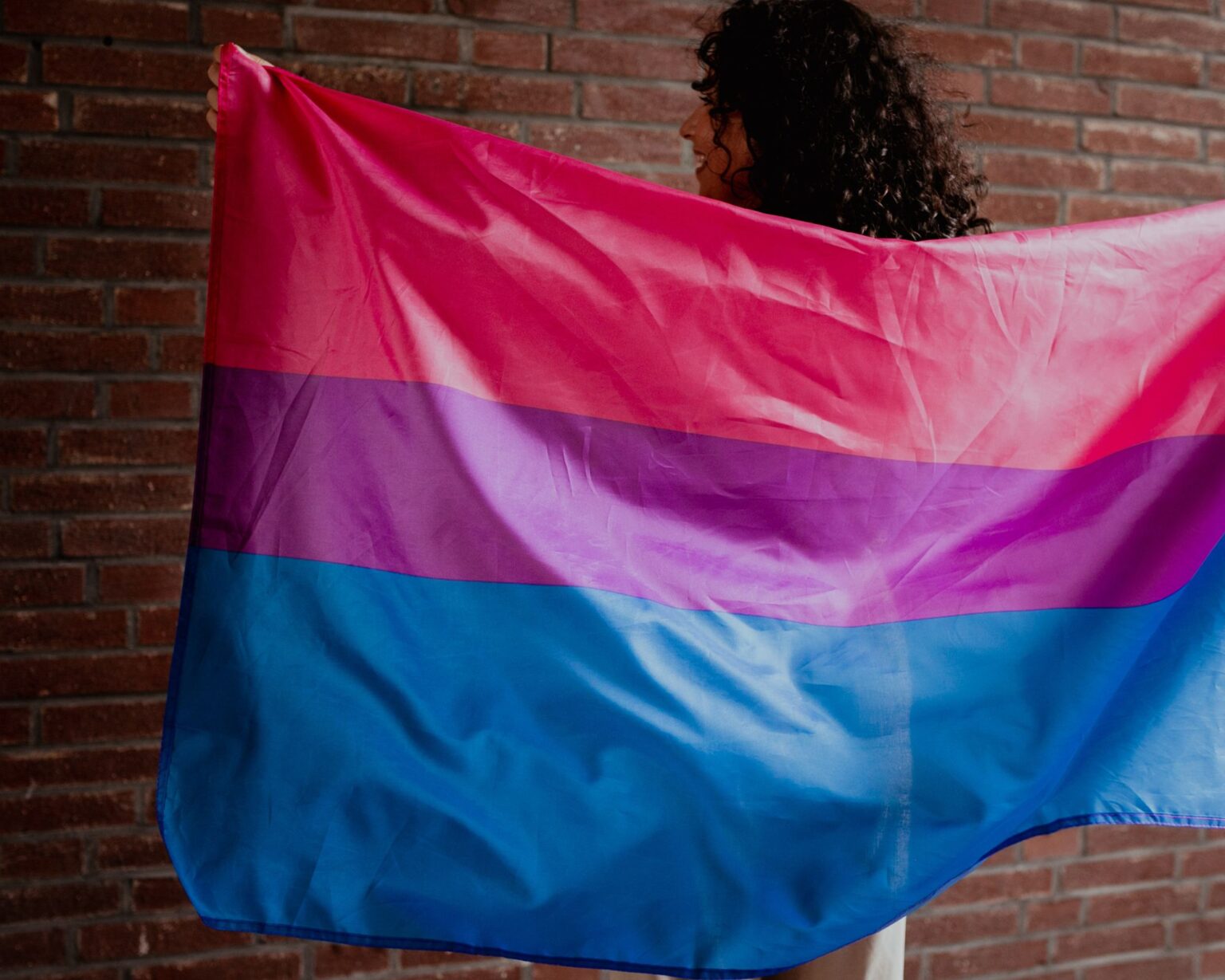#BiWeek: Four things you didn’t know about bisexual experience

Our latest Intersections report on bi experiences in Europe has some interesting findings, both good and bad. To mark Bisexual Awareness Week, here are some key facts based on the region’s largest LGBTI survey to date about bi people and their lived experiences.
Bisexual Awareness Week is a time to celebrate the diverse and unique experiences of bi people and to raise awareness of the specific challenges they face. In our latest Intersections report, which focuses on the experiences of bisexual people, we found that the gap in data when it comes to understanding the lives of LGBTI people is particularly significant among those who identify as bi.
Many studies show that bisexual people are far less connected to LGBTI communities compared to gays and lesbians. Consequently, the data in this report may not be as representative of bisexual people as, for example, lesbian and gay people. Nevertheless, here are four outstanding findings:
1. Age plays a significant role
More young LGBTI respondents identify as bi, with 52.92% of those under 24 years old compared to 32.38% of those over 55.
While the percentage of people identifying as lesbian remains fairly consistent across age groups, there’s a big difference in people identifying as gay. Nearly half of those over 55 (45.66%) said they were gay, while just over a quarter of younger individuals (26.12%) said the same.
This data suggests that younger bi men may be more open about their identity. LGBTI youth may be more inclined to break traditional ideas of monosexuality and rigid binary gender categories. These strict norms can make it harder for people to recognise and proudly embrace a bi+ identity, including being bisexual.
2. More than half of bi people identify as women
50.52% of bisexuals identify as women, 39.99% as men, and 5.14% as non-binary. Additionally, 16.92% identify as trans, and 1.94% as intersex.
When asked about other communities they identify with, 7.92% of bi individuals consider themselves part of an ethnic group, including migrants, and 6.97% have disabilities.
3. Bi women are more exposed to violence
Among all sexual orientation groups, bi women respondents report the highest rates of violence, with up to 31% experiencing violence. Bisexual women are also the most likely to experience a sexual attack.
Notably, violence rates are highest among intersex bisexual individuals (57.10%), trans bisexual individuals (37.84%), nonbinary bisexual people (37.23%), and bisexual people with disabilities (41.70%).
4. Bi people are less open than gays and lesbians, but the trend is changing!
Over 50% of bisexual men and about over 30% of bi women are never open, our report shows.
Lesbian and gay individuals are on average more open about their sexual orientation compared to bisexual individuals. This disparity may be attributed to biphobia and the dual stigma faced by bisexual individuals.
The reluctance to be open may stem from fear of societal rejection, which appears to be more pronounced for bisexual men due to stricter gender norms.
In many societies, there’s an expectation of being heterosexual or exclusively gay or lesbian. This makes bisexuality, and other bi+ orientations, often seen as invalid or not taken seriously. Bisexual people also face stigma not only from heterosexuals but also from lesbian and gay communities. Consequently, many bi people are hesitant to be open to heterosexual people but also among LGBTI communities.
However, there’s a silver lining as it is heartening to see that younger bi people are increasingly open about their identity, living their lives authentically, and embracing themselves and others.
To learn more, explore our latest Intersections Report and check out the whole series here!